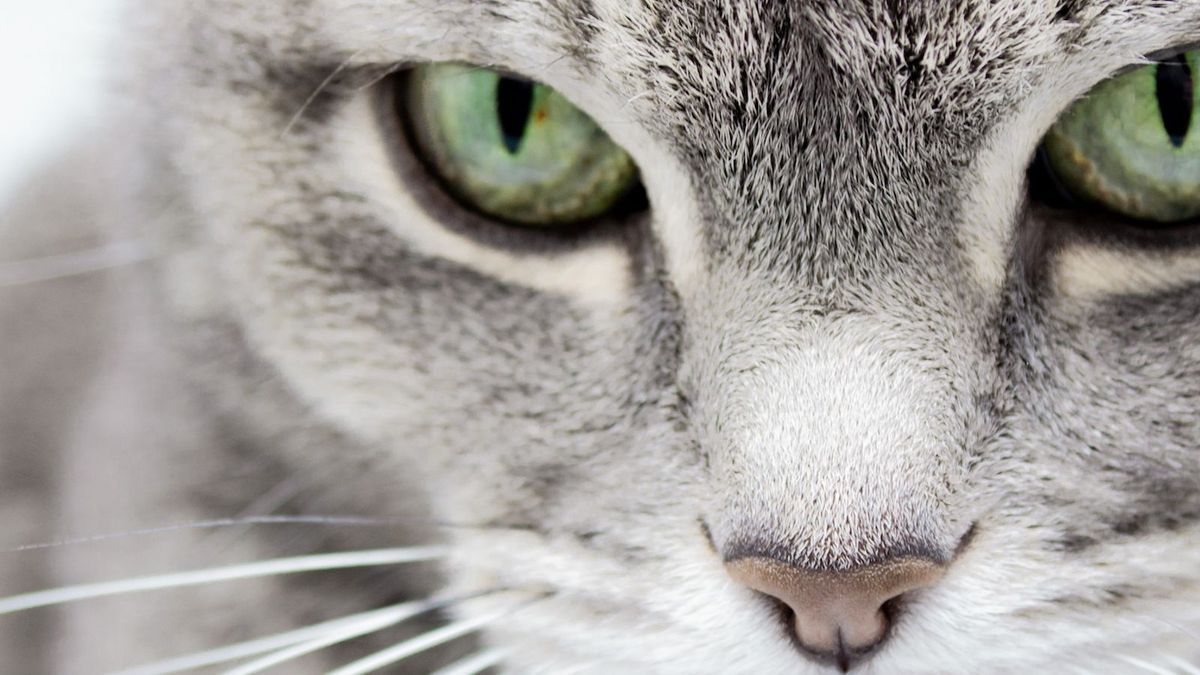
Do you think animals see blurry and in black and white? Think again because, on the contrary, some of them have a much more complex vision than that of humans! Discover the impressive eye features of certain animals!
There are a multitude of different views in the animal kingdom. These are due to combinations of diverse and varied criteria in each animal. The aim of these different types of view is for the animal to adapt as best as possible to its environment. How do they perceive their environment? Are we capable of seeing the same things as them? An ophthalmologist answers these questions on his Instagram account.
A vision adapted to their needs
Each species needs to perceive its environment effectively in order to move and feed. For example, it must be able to locate itself in space in order to spot prey and hunt it. There are as many different perceptions and visions as there are different species.
Diurnal or nocturnal animal: what is the difference?
One of the first things to take into account is the proportion of cones and rods in an animal’s retina. In fact, this is decisive depending on whether the animal lives during the day or at night.
For a diurnal animal (which lives during the day), the proportion of cones in its retina will be greater than the proportion of rods. Indeed, the cones only react to daylight and their quantity influences the perception of colors and details. Thus, their strong presence makes it possible to obtain precise vision from afar.
For a nocturnal animal, it is the rods which have a greater proportion than the cones. The rods concern both day and night vision. These are in fact receptors capable of activating even when the light is low.
The vision of different animals
The sight of dogs
Dogs have the particularity of having peripheral vision which gives them a better perception of perspective and depth. This is particularly due to the lateral position of their eyes. Dogs can see brown, yellow and blue however, they cannot see green. This explains why, like color blind people, they do not differentiate between green and red.
The view of cats
Just like dogs, cats see the same palette of colors and therefore do not differentiate between red and green either. In addition, they have excellent night vision thanks to the predominant presence of rods in their retina, so their vision is extremely sensitive to weak light. Their round, large and dilated pupils also allow their eyes to capture as much light as possible. Its vision is wide and the feline has an inner eyelid which protects its eye more than other animal species. The weak presence of cones, however, gives it less precise vision. To give you a comparison with humans, the cat would in principle see five times less clearly than humans!
The sight of snakes
Snakes have very poor vision in broad daylight. However, they see very well at night and some species even have infrared vision.
The view of fish
Fish have ultraviolet color receptors that allow them to see very well in water. In addition, the cornea of fish has the same density as that of water, making it possible to compensate for the effects of light in water, which can lead to possible distortion of the visual field. Most fish see all colors, however some, like sharks, do not see color at all. This particularity generally depends on the depth at which the fish lives. A final advantage of fish vision is their binocular vision (the eyes are used simultaneously) which gives them a very wide field of vision.
The sight of rats
The rat is not known to have good vision during the day. Indeed, it is blurred, slowed down and he is not able to see the red color. His eyes move independently of each other.
The sight of insects
Most insects have thousands of tiny lenses, which give them mosaic vision. This is the case for flies, which also see in slow motion and are capable of perceiving ultraviolet rays.
Birds’ view
Undoubtedly the most powerful vision in the animal kingdom, birds see more colors than other animals. This advantage is linked to their ability to see ultraviolet rays, invisible to humans but which nevertheless exist on flowers and fruits in particular.
View this post on Instagram
And what about the human vision then?
With their 100 million rods each, our eyes see both near and far. They also capture enough light for us to orient ourselves at night, although our night vision is still quite poor compared to other animals. Humans are also one of the few mammals capable of perceiving three colors. It is for these reasons that sight is considered the dominant sense in humans.
